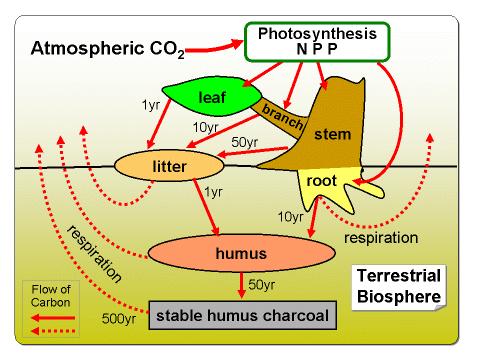A meeting of minds
Real-world problems are interrelated and complex: getting to workable solutions means holistic thinking and collaboration. This is a basic premise of integrated environmental modeling, which seeks to encourage ‘transdisciplinarity’, an approach that recognizes that no single group of experts can have all the answers. Applications include land-use, climate change, ecosystems and nano-materials; participants in the modeling process range over environmental modelers, decision analysts and software technologists, coming from governments, academic institutions and business. How then can such bodies of knowledge be combined into something usable?
Existing environmental modeling approaches
There is no shortage of computational models today, as the list from the US Environmental Protection Agency (EPA) shows. Environmental areas and sections covered include air, climate, water, landscape, waste management and pollution. Drilling down into resources and models curated by the EPA reveals nine ‘related inventories and clearinghouses’ and as many as 19 different models or modeling organizations for air and climate related modeling alone.

Integration – who and what
The ‘Integrated’ in integrated environmental modeling refers to a number of possibilities.
- Issues. Many environmental issues have impacts on other parts of the environment, society and economy. Even if positive impacts are not always available, negative side-effects should be avoided.
- Stakeholders. Modelers may be ill-advised to try to reach conclusions in ‘splendid isolation’. The people and the organizations affected by the environmental aspects under consideration are likely to have input and opinions about how such models should be run and how conclusions should be drawn.
- Disciplines. Different groups of experts may need to come together under the auspices of facilitators. The role of the facilitator can be particularly challenging as minimum knowledge may be needed of disparate domains in order bring the different contributors into play.
- Models. Biologists, chemists, economists and sociologists all have their models and perspectives, which then need to be combined for a global view.
- Temporal and spatial scales. With some similarity to the notion of different models and perspectives, differences in scales arise for instance between the possibilities of modeling what is happening compared to the domains or durations of interest to stakeholders. Other differences are inherent in the ecologies themselves. A notable example is in the difference between groundwater and surface water resources, functioning and developing at different rates and over different geographical areas.
From sub-models to full models
Building up understanding by first constructing models to deal with particular ecological spaces is one solution. The efficiency of such an approach depends on the ease of integration of different models and also of their adjustment as new factors are added or assumptions changed. The ICAM model built using Analytica is an example of a model that is adapted to the ‘Integrated’ dimensions listed above, while retaining the flexibility to allow it to be extended or transformed according to requirements. In particular it is well-suited to the adaptive decision process or ‘learning as we go’ that characterizes much of the work being done on integrated environmental modeling today.
If you’d like to know how Analytica, the modeling software from Lumina, can help you manage integrated environmental modeling with tens or hundreds of factors (or more), then try the free edition of Analytica to see what it can do for you.







